The Dawn of a New Economic Corridor
The global economic landscape is undergoing a seismic shift. As we approach 2025, the traditional centers of gravity in international trade are being recalibrated, moving steadily towards the Global South. Within this transforming matrix, two regional heavyweights—Iran in West Asia and South Africa in the southernmost tip of the African continent—are forging a strategic partnership that promises to redefine industrial cooperation.
For decades, trade between Iran and South Africa has been characterized by potential rather than performance. However, the recent inclusion of Iran alongside South Africa in the expanded BRICS alliance has fundamentally altered the equation. It has removed diplomatic friction and replaced it with a framework for accelerated economic integration. We are no longer looking at simple import-export transactions; we are witnessing the birth of a symbiotic industrial ecosystem.
This article provides an in-depth analysis of how the strengthening Iran–South Africa trade relations are unlocking unprecedented opportunities. We will move beyond surface-level observations to explore the specific industrial sectors—from petrochemicals to construction—that are poised for explosive growth. For investors, manufacturers, and logistics experts, understanding this “Tehran-Pretoria Axis” is no longer optional; it is a critical component of a forward-thinking business strategy for 2025 and beyond.
۱. The Geopolitical Catalyst: Why 2025 is the Turning Point
To understand the industrial opportunities, one must first grasp the geopolitical engine driving them. The relationship between Iran and South Africa has matured from diplomatic cordiality to strategic necessity.
The BRICS Effect and De-Dollarization
The admission of Iran into BRICS is arguably the most significant accelerator for bilateral trade. In 2025, the primary hurdle for Iran–South Africa trade—banking restrictions and reliance on the US dollar—is being systematically dismantled.
Both nations are actively exploring local currency settlement mechanisms. This shift allows South African importers to pay for Iranian goods in Rand, and Iranian exporters to utilize those funds for procuring South African raw materials or machinery. This financial decoupling from Western banking systems reduces transaction costs and, more importantly, mitigates the risk of third-party sanctions. For industrial players, this means smoother, faster, and more predictable cash flows.
Political Will and Joint Commissions
The reactivation of the Iran-South Africa Joint Economic Commission has provided a roadmap for cooperation. Unlike previous eras where agreements remained on paper, the current political climate demands tangible results. High-level state visits have set targets to increase bilateral trade volumes significantly. This top-down support provides a safety net for private sector companies, ensuring that bureaucratic red tape is minimized to facilitate industrial exchange.
۲. The Petrochemical Powerhouse: Fueling African Industry
Iran’s status as a global energy titan perfectly complements South Africa’s industrial needs. However, the opportunity in 2025 goes far beyond crude oil. The real value lies in downstream petrochemical products.
Bitumen: Paving the Way for Infrastructure
South Africa faces a significant challenge in maintaining and expanding its road network. The demand for high-quality bitumen is consistent and growing. Iran, being one of the world’s largest and most cost-effective producers of bitumen, is uniquely positioned to meet this need.
Iranian bitumen suppliers can offer competitive pricing that other global suppliers struggle to match due to low feedstock costs. For South African construction firms, sourcing Iranian bitumen is not just a cost-saving measure; it is a supply chain security strategy. We are seeing a trend where Iranian companies are not just selling barrels but are looking to establish bulk storage facilities in South African ports like Durban, ensuring just-in-time delivery for major infrastructure projects.
Urea and Fertilizers: Securing Food Production
Agriculture is a pillar of the South African economy. To maintain high yields, affordable fertilizers are non-negotiable. Iran is a leading global exporter of urea and ammonia.
The synergy here is undeniable. South African farmers need affordable inputs to remain competitive in global markets. By establishing direct trade routes for petrochemical fertilizers, intermediary costs are cut, stabilizing food prices in the Southern African Development Community (SADC) region. In 2025, expect to see joint ventures where Iranian producers partner with South African distributors to package and brand fertilizers locally.
۳. Construction Materials: Building the Future
The urbanization rate in Africa is the fastest in the world, and South Africa acts as the primary hub for construction trends in the region. Iran’s matured construction material industry is ready to feed this hunger for development.
The Ceramic and Porcelain Revolution
Iran is the fifth-largest producer of ceramic tiles in the world. The quality of Iranian ceramics matches European standards (such as Italian or Spanish tiles) but comes at a fraction of the price.
South African developers, facing inflationary pressures, are increasingly turning to Iranian suppliers for:
-
Large-format porcelain slabs for commercial buildings.
-
Decorative wall tiles for residential complexes.
- Sanitary ware for low-cost housing projects.
The “Value for Money” proposition of Iranian ceramics is unmatched. In 2025, the trend will shift from sporadic shipments to established dealerships and showrooms in Johannesburg and Cape Town dedicated exclusively to Iranian brands.
Steel and Cement: The Backbone of Development
While South Africa has its own steel production, the specialized steel alloys and cost-effective construction steel (rebars/beams) from Iran remain highly attractive. Furthermore, clinker and cement exports from Iran can supplement local shortages during peak construction seasons. The opportunity here lies in complementary trade—filling the gaps in South Africa’s domestic production capacity rather than direct competition.
۴. Engineering and Technical Services: Exporting Knowledge
One of the most overlooked yet lucrative areas of cooperation is the export of technical and engineering services. Iran possesses a highly educated workforce of engineers with deep expertise in building power plants, dams, and refineries under challenging conditions.
Power Generation and Water Management
South Africa has faced chronic energy instability (load shedding) and water scarcity issues. Iranian engineering firms have a proven track record in:
-
Thermal Power Plants: Constructing and maintaining gas-fired turbines.
- Water Desalination: Implementing large-scale transfer and purification systems.
Collaborative projects where Iranian engineers work alongside South African counterparts to retrofit aging infrastructure or build new, decentralized power units present a massive opportunity. This is not just trade in goods; it is trade in solutions.
۵. Agriculture: A Counter-Seasonal Advantage
The agricultural trade potential is built on the concept of “counter-seasonality” and climatic diversity.
Exchanging the Exotic for the Staple
Iran and South Africa are located in different hemispheres (mostly) and different climatic zones. This allows for a natural exchange:
-
Iran Exports: Dates, pistachios, saffron, and apple concentrates—products that are premium and distinct in the South African market.
- South Africa Exports: Tropical fruits, corn (maize), and specialized seeds that are in high demand in Iran’s arid climate.
This exchange ensures that shipping containers are full in both directions, optimizing logistics costs.
۶. Logistics: The Gateway Strategy
No trade boom can occur without a robust logistics backbone. The geographic locations of Iran and South Africa make them ideal gateways for their respective continents.
The INSTC and Sea Routes
For South Africa, Iran is not just a destination; it is a transit hub. Through the International North-South Transport Corridor (INSTC), South African goods landing in Iranian ports (like Bandar Abbas or Chabahar) can be transported by rail to Central Asia, Russia, and the Caucasus much faster than via the Suez Canal.
Conversely, South Africa serves as the entry point to the SADC market (Southern African Development Community) and landlocked African nations. Iranian exporters are realizing that setting up warehouses in South Africa provides duty-free access to neighboring countries like Botswana, Namibia, and Zimbabwe.
Reviving Direct Shipping Lines
A critical focus for 2025 is the re-establishment and frequency increase of direct shipping lines between Iranian ports and Durban/Cape Town. Reducing transit time and eliminating trans-shipment hubs (like Jebel Ali) will reduce the final cost of goods by 10-15%, making the products even more competitive.
۷. Strategic Recommendations for Businesses
To capitalize on these opportunities, businesses must adopt a proactive approach.
Navigation of Standards and Compliance
South Africa has strict quality standards (SABS – South African Bureau of Standards). Iranian manufacturers must ensure their products—whether tiles, electrical cables, or food—are certified before shipping. Investing in compliance is the key to long-term market retention.
Finding the Right Local Partner
The South African market relies heavily on relationships and B-BBEE (Broad-Based Black Economic Empowerment) structures. Iranian companies should not attempt to go it alone. Partnering with established local distributors who understand the regulatory landscape and have existing retail networks is crucial for success.
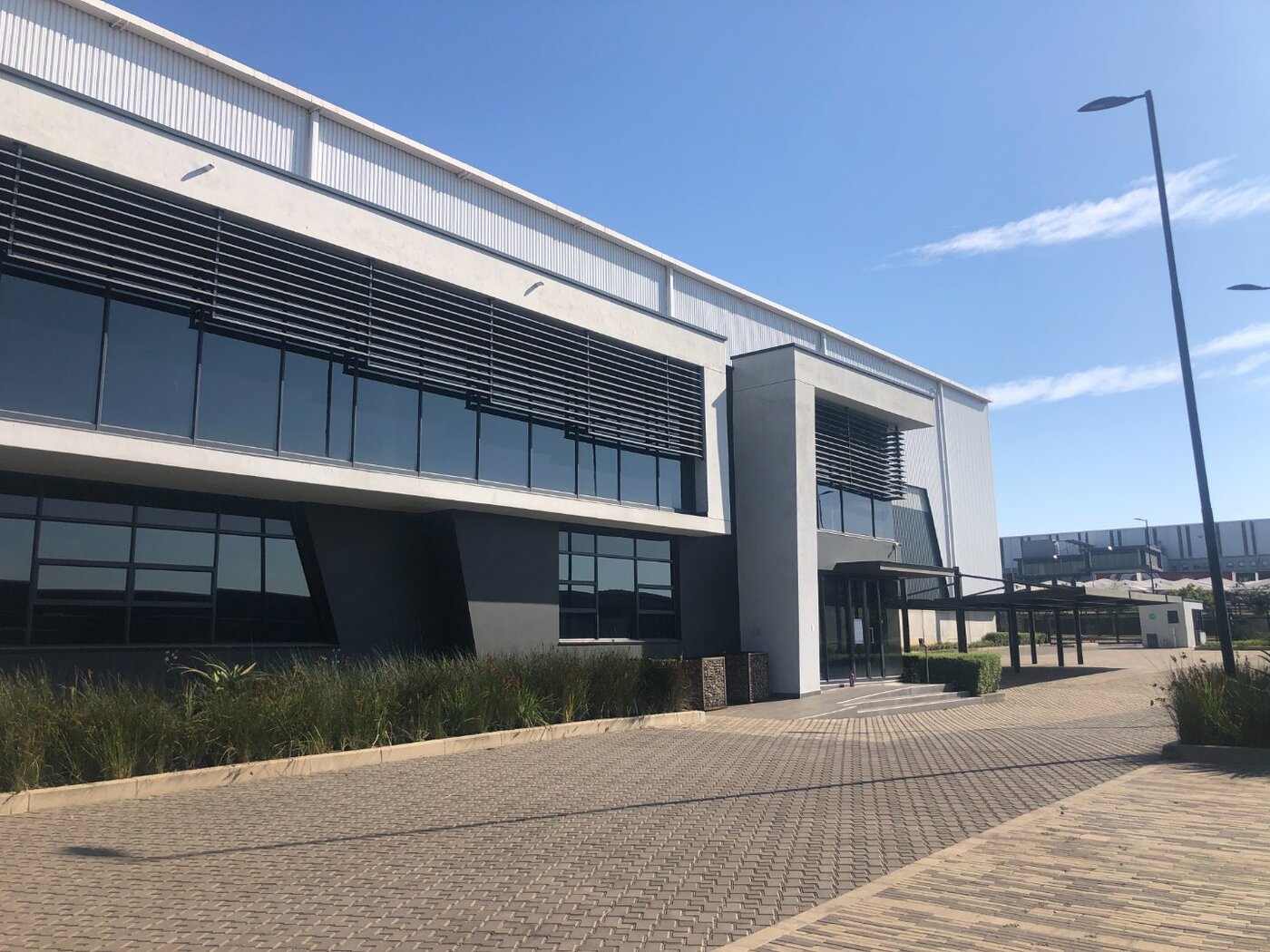
Conclusion: A Partnership of Infinite Potential
As we look towards 2025, the narrative of Iran–South Africa trade relations is transforming from one of “untapped potential” to “active realization.” The convergence of political will through BRICS, the complementary nature of the two economies—energy and manufacturing meeting mining and agriculture—and the strategic geographic positioning of both nations creates a perfect storm for industrial growth.
For the Iranian ceramic manufacturer, the South African builder, the petrochemical trader, and the logistics provider, the opportunities are tangible and vast. The Tehran-Pretoria Axis is not merely a political slogan; it is a burgeoning economic corridor that offers a hedge against global instability and a pathway to mutual prosperity. The businesses that recognize this shift early and adapt their strategies to navigate the logistical and financial nuances will be the ones to reap the lion’s share of this billion-dollar opportunity. The door is open; it is time to walk through.
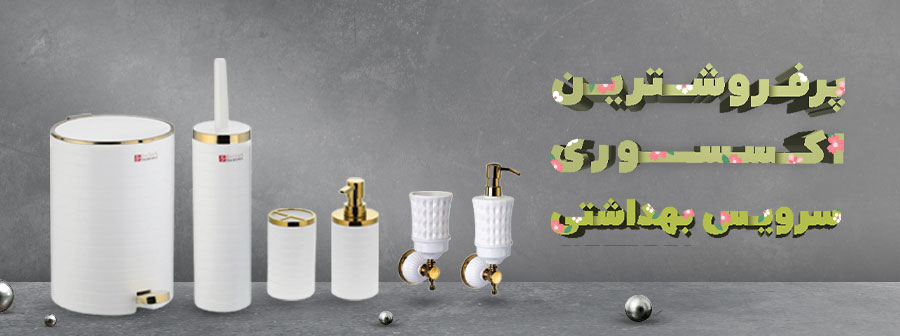
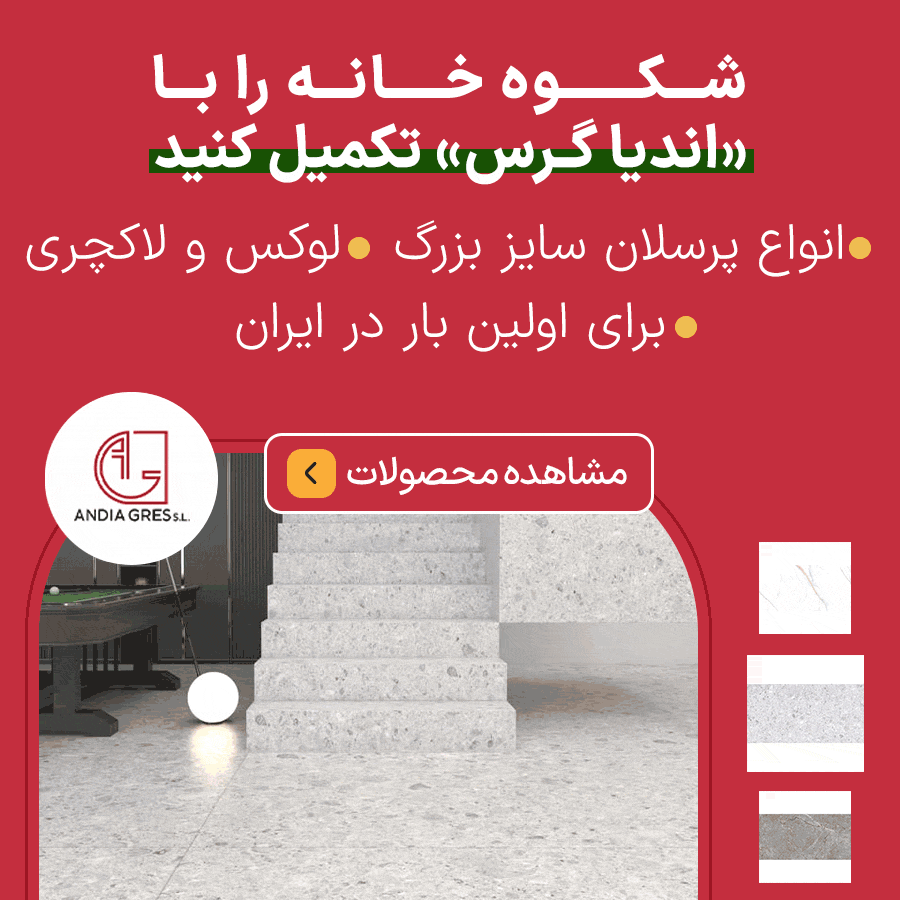


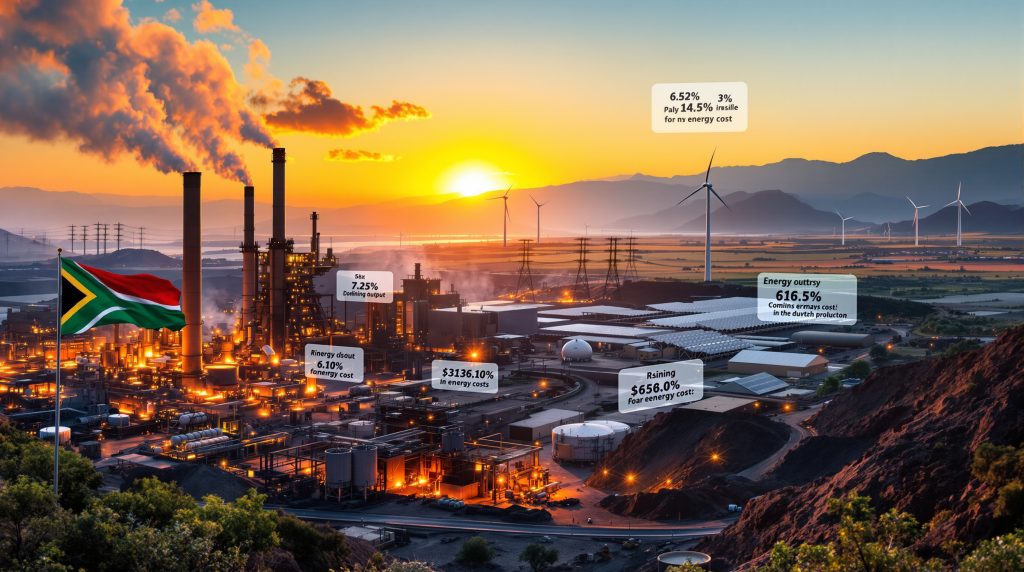

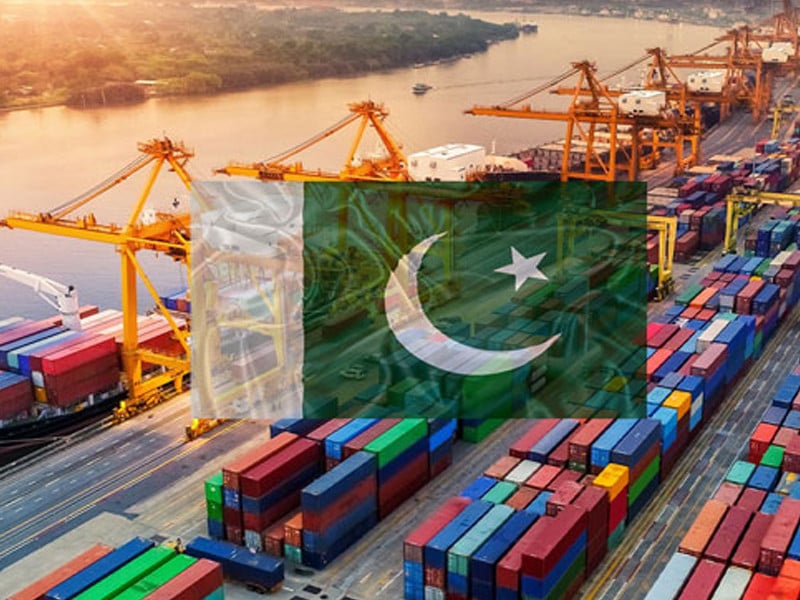


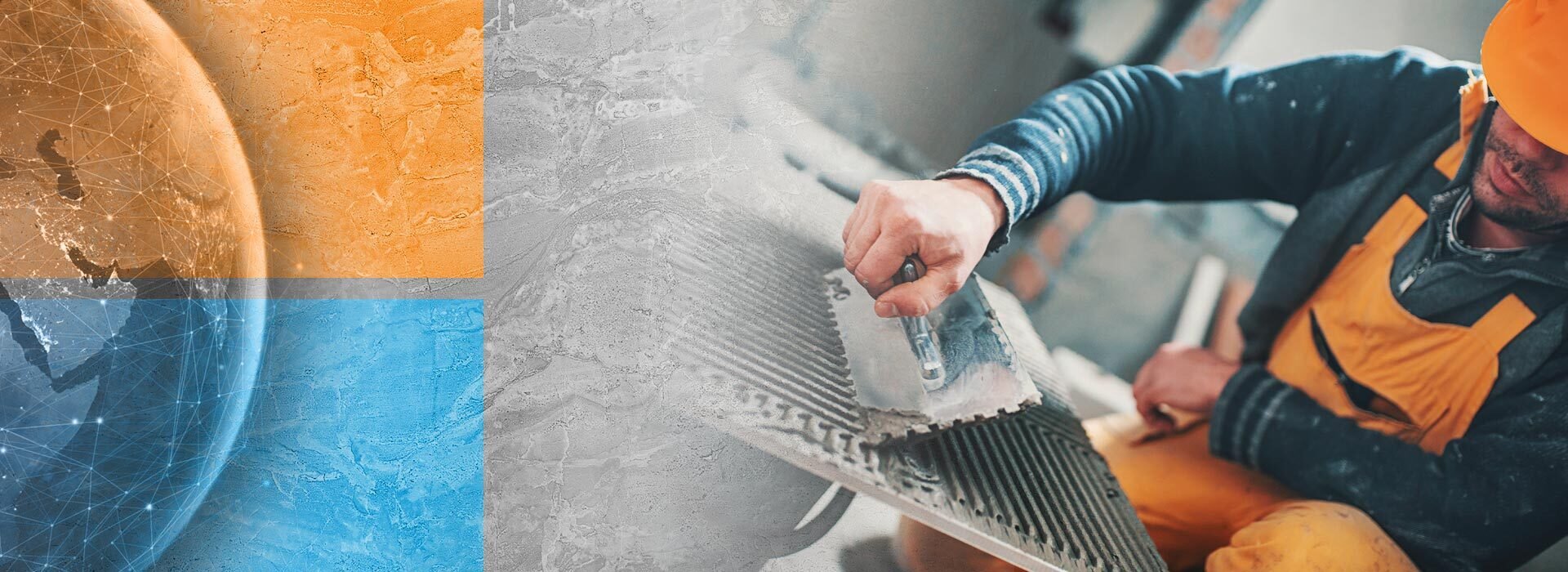

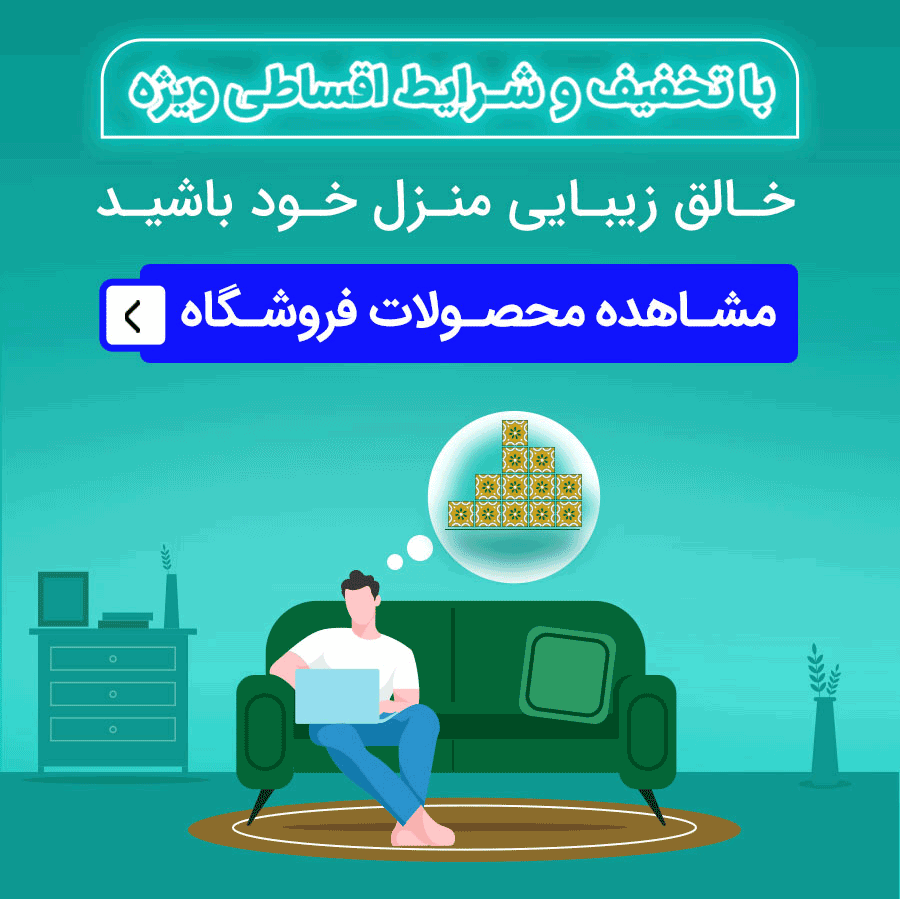
نظرات ۰